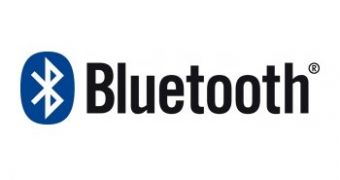There is no question that wireless connectivity is slowly but steadily moving towards an age free of cables, seeing how even batteries that recharge over WiFi have been invented. In fact, with each connectivity standard being closely worked on by special groups of corporations, it is always only a matter of time until the newest and most advanced version of the standard comes out. This is exactly what the Bluetooth Special Interest Group (SIG) has been doing until recently, when they were finally able to officially launch the Bluetooth Core Specification Version 4.0.
Unlike other standards, Bluetooth v4.0 is more like a set of three distinct standards: Bluetooth high speed technology, Bluetooth low energy technology and Classic Bluetooth technology. Either of these three can be used separately in different devices, depending on what said electronic emphasizes most. For example, watches will use both low energy (while collecting data from sensors) as well as Classic technology (when sending info to a PC). A pedometer, and other sensors, on the other hand, will use only the low power version. The full set of three will be present in PCs and mobile phones, which support the widest range of uses.
The low energy mode will enable the Bluetooth standard to become more widespread in health, sports, fitness, security and home entertainment and will be fully integrated within the Bluetooth specification by the end of June. As for the actual range, most basic devices (using any or all of the three components) will reach about 10 meters. Of course, as with all previous iterations of the standard, the range will be optimized to wider areas, in this case for up to 200 feet and beyond, if manufacturers so wish. End-users should expect the first Bluetooth v4.0-enabled electronics to start selling by the end of the year or in early 2011.
“Bluetooth v4.0 throws open the doors to a host of new markets for Bluetooth manufacturers and products such as watches, remote controls, and a variety of medical and in-home sensors. Many of these products run on button-cell batteries that must last for years versus hours and will also benefit from the longer range enabled by this new version of the Bluetooth specification,” said Michael Foley, Ph.D., executive director of the Bluetooth SIG.

 14 DAY TRIAL //
14 DAY TRIAL //